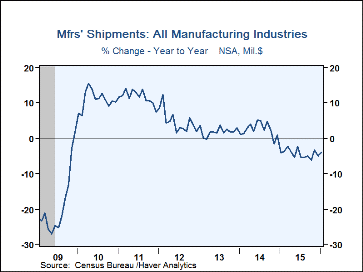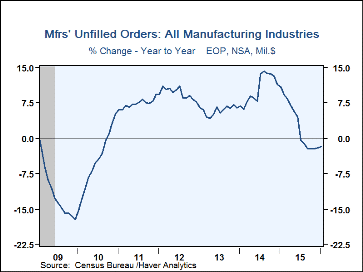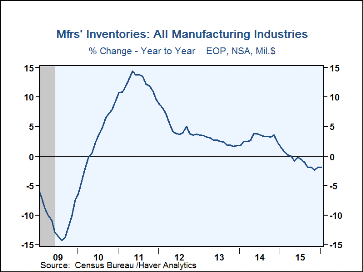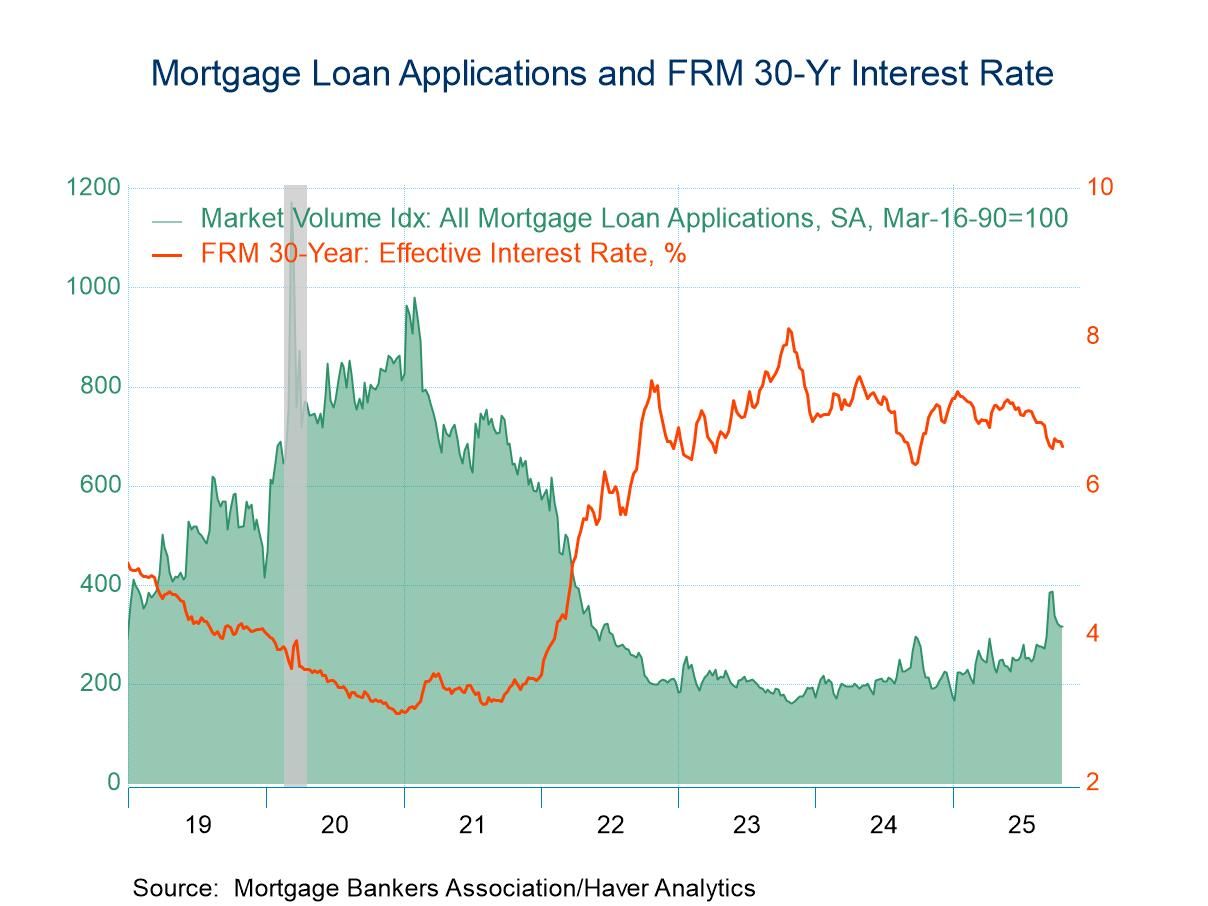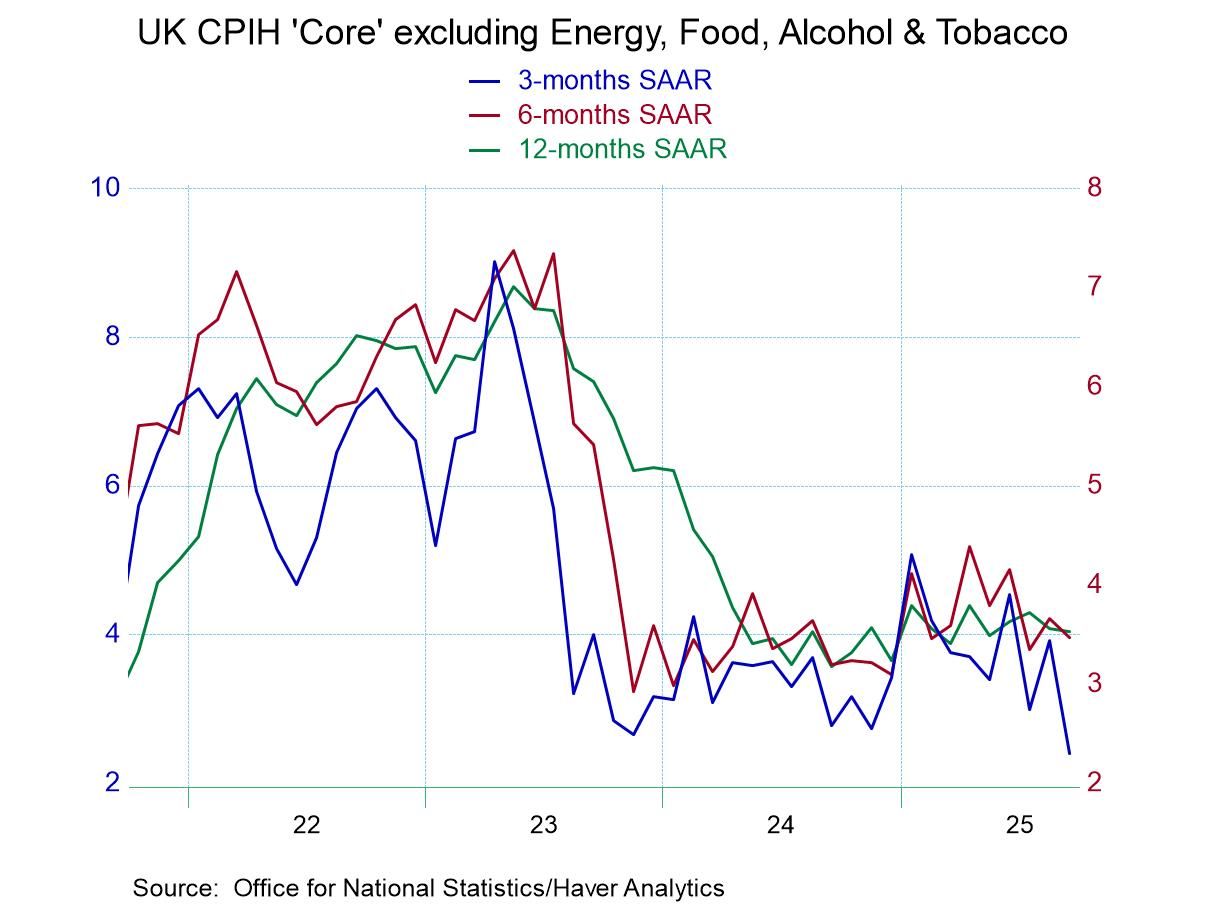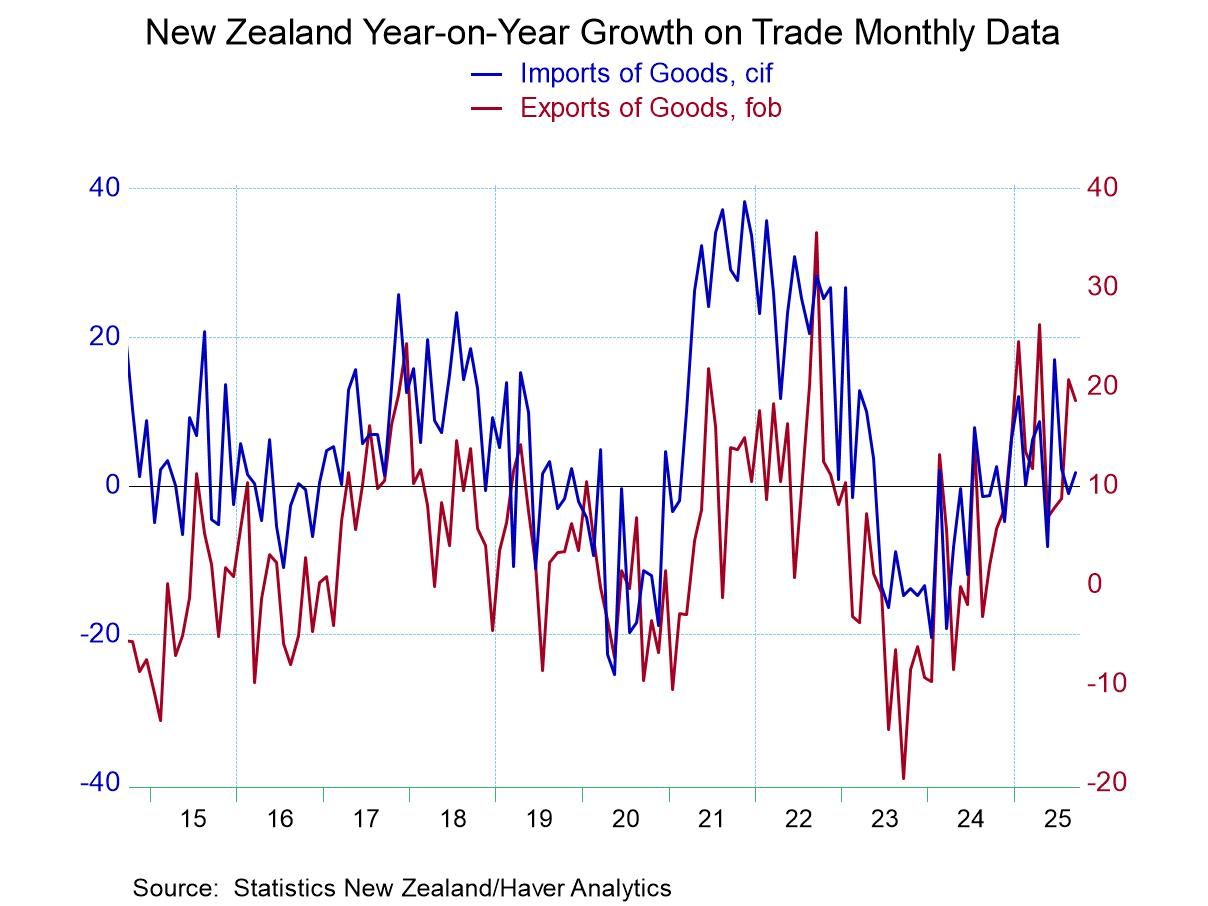 Global| Mar 03 2016
Global| Mar 03 2016U.S. Factory Sector Orders Increase As Transportation Orders Rebound
by:Tom Moeller
|in:Economy in Brief
Summary
New orders in the manufacturing sector increased 1.6% (-3.3% y/y) during January following an unrevised 2.9% December decline. The rise compared to expectations for a 1.5% increase in the Action Economics Forecast Survey. The [...]
New orders in the manufacturing sector increased 1.6% (-3.3% y/y) during January following an unrevised 2.9% December decline. The rise compared to expectations for a 1.5% increase in the Action Economics Forecast Survey. The improvement reflected a 4.7% jump in durable goods orders (reported last week)), powered by a 54.4% surge in orders for commercial aircraft. In addition, defense aircraft orders nearly doubled m/m (26.0% y/y). Outside of the transportation altogether, factory orders eased 0.2% (-5.1% y/y). Orders for nondurable goods, which equal shipments, declined 1.4% (-6.7% y/y), dragged down by an 11.6% drop (-28.9% y/y) in the value of shipments from petroleum refineries. Apparel shipments also declined 1.7% (-3.6% y/y) but textile mill shipment were little changed (-2.7% y/y). Shipments of paper products edged 0.2% higher (-1.8% y/y). Shipments of durable goods increased 2.0% as transportation equipment shipments jumped 5.6% (3.2% y/y). The value of shipments overall, less the transportation sector eased 0.7% (-5.2% y/y).
Unfilled orders in the factory sector improved 0.1% (-1.7% y/y) following a 0.5% drop. Outside of the transportation sector, unfilled orders increased 0.2%, but still were down 2.0% y/y. Backlogs of durable goods improved 0.1% (-1.7% y/y) and unfilled orders for transportation equipment remained unchanged (-1.5% y/y).
Manufacturing sector inventories fell 0.4% (-1.9% y/y), the seventh consecutive month of decline. Inventories excluding transportation were off 0.7% (-3.0% y/y). Machinery inventories declined 0.4% (-1.3% y/y) and electrical products inventories fell 0.4% (-2.7% y/y). Nondurable goods inventories were off 0.9% (-3.3% y/y) as petroleum inventories declined 6.7% (-23.1% y/y). Chemical inventories fell 0.4% (-1.4% y/y) while food product inventories remained unchanged (-0.1% y/y).
The factory sector figures are available in Haver's USECON database. The expectations figure from the Action Economics Forecast Survey is available in AS1REPNA.
| Factory Sector- NAICS Classification (%) | Jan | Dec | Nov | Y/Y | 2015 | 2014 | 2013 |
|---|---|---|---|---|---|---|---|
| New Orders | 1.6 | -2.9 | -0.7 | -3.3 | -6.6 | 3.5 | 2.0 |
| Shipments | 0.3 | -1.4 | -0.1 | -4.0 | -4.3 | 2.6 | 1.9 |
| Unfilled Orders | 0.1 | -0.5 | 0.1 | -1.7 | -1.9 | 11.5 | 6.5 |
| Inventories | -0.4 | -0.2 | -0.3 | -1.9 | -1.9 | 2.4 | 1.7 |
Tom Moeller
AuthorMore in Author Profile »Prior to joining Haver Analytics in 2000, Mr. Moeller worked as the Economist at Chancellor Capital Management from 1985 to 1999. There, he developed comprehensive economic forecasts and interpreted economic data for equity and fixed income portfolio managers. Also at Chancellor, Mr. Moeller worked as an equity analyst and was responsible for researching and rating companies in the economically sensitive automobile and housing industries for investment in Chancellor’s equity portfolio. Prior to joining Chancellor, Mr. Moeller was an Economist at Citibank from 1979 to 1984. He also analyzed pricing behavior in the metals industry for the Council on Wage and Price Stability in Washington, D.C. In 1999, Mr. Moeller received the award for most accurate forecast from the Forecasters' Club of New York. From 1990 to 1992 he was President of the New York Association for Business Economists. Mr. Moeller earned an M.B.A. in Finance from Fordham University, where he graduated in 1987. He holds a Bachelor of Arts in Economics from George Washington University.



